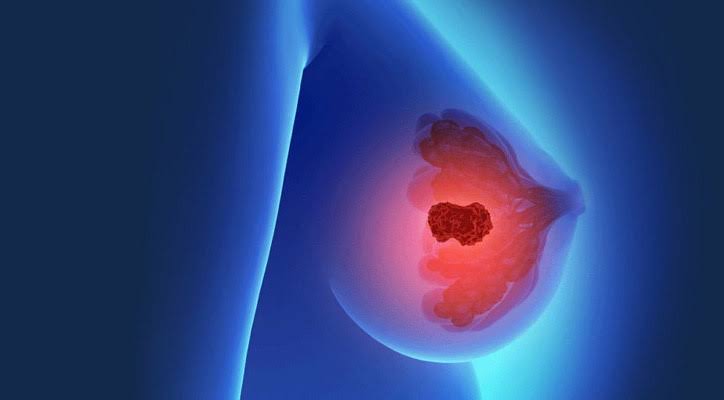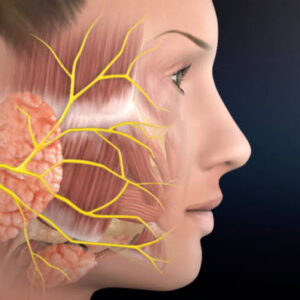Laparoscopic Ventral Hernia Repair
Price range: ₹800.00 through ₹1,600.00
Learn Laparoscopic Ventral Hernia Repair through our scientifically proven stepwise program. You can acquire this skill anywhere, anytime, without quitting your job and daily life. We utilize the FAHEM Theory of Skill Development to enhance human skills.
Please read the Requirements and Commitments of each level before making a purchase. Ensure you meet the eligibility criteria to receive the product/service.
Description
Laparoscopic Ventral Hernia Repair:
Laparoscopic ventral hernia repair, also known as laparoscopic incisional hernia repair, is a minimally invasive surgical technique used to repair hernias in the abdominal wall. This approach has gained popularity among surgeons due to its advantages in terms of reduced postoperative pain, shorter hospital stays, and faster recovery times compared to open surgery.
Steps of Laparoscopic Ventral Hernia Repair:
- Patient Preparation: The patient is placed under general anesthesia, and the abdomen is prepped and sterilized.
- Creation of Pneumoperitoneum: The surgeon makes a small incision (usually at the umbilicus) and inserts a trocar to inflate the abdomen with carbon dioxide, creating a workspace.
- Insertion of Laparoscope: A laparoscope (a thin, lighted tube with a camera) is inserted through the trocar to provide visual access to the hernia site.
- Additional Trocars: Depending on the hernia’s size and location, one or more additional trocars are inserted to accommodate surgical instruments.
- Hernia Reduction: The surgeon uses laparoscopic instruments to carefully dissect and reduce the hernia contents back into the abdominal cavity.
- Mesh Placement: A synthetic mesh is introduced through one of the trocars and positioned over the hernia defect to reinforce the abdominal wall. The mesh is secured in place with sutures, staples, or tacks.
- Hernia Defect Closure: In some cases, the hernia defect may be closed with sutures or staples before mesh placement for additional strength.
- Inspection and Hemostasis: The surgeon thoroughly inspects the repaired area for any bleeding and ensures that the mesh is securely in place.
- Closure: The trocars are removed, and the small incisions are closed with sutures or surgical glue.
Importance of Learning Laparoscopic Ventral Hernia Repair:
Learning laparoscopic ventral hernia repair is crucial for surgeons today for several reasons:
- Patient Benefits: Laparoscopic techniques offer patients reduced postoperative pain, shorter hospital stays, and quicker recoveries compared to open surgery, leading to improved patient satisfaction.
- Minimally Invasive Trend: Minimally invasive procedures are becoming increasingly popular in surgery due to their advantages, and mastering laparoscopic ventral hernia repair keeps surgeons in line with modern surgical trends.
- Complex Cases: Some ventral hernias can be challenging to repair using open techniques. Laparoscopy allows for better visualization and manipulation in complex cases.
- Reduced Complications: Laparoscopic surgery often results in fewer wound infections and less scarring, which can lead to better surgical outcomes.
- Versatility: Learning this skill adds to a surgeon’s repertoire and can be applied to various abdominal surgeries beyond hernia repair.
In summary, laparoscopic ventral hernia repair is a valuable technique that offers numerous benefits to patients and surgeons alike. Mastering this skill is essential for surgeons today to provide optimal care, stay competitive in their field, and adapt to the growing demand for minimally invasive surgical approaches.
Additional information
| Levels | Level-1, Level-2, Level-3 |
|---|
General Inquiries
There are no inquiries yet.







